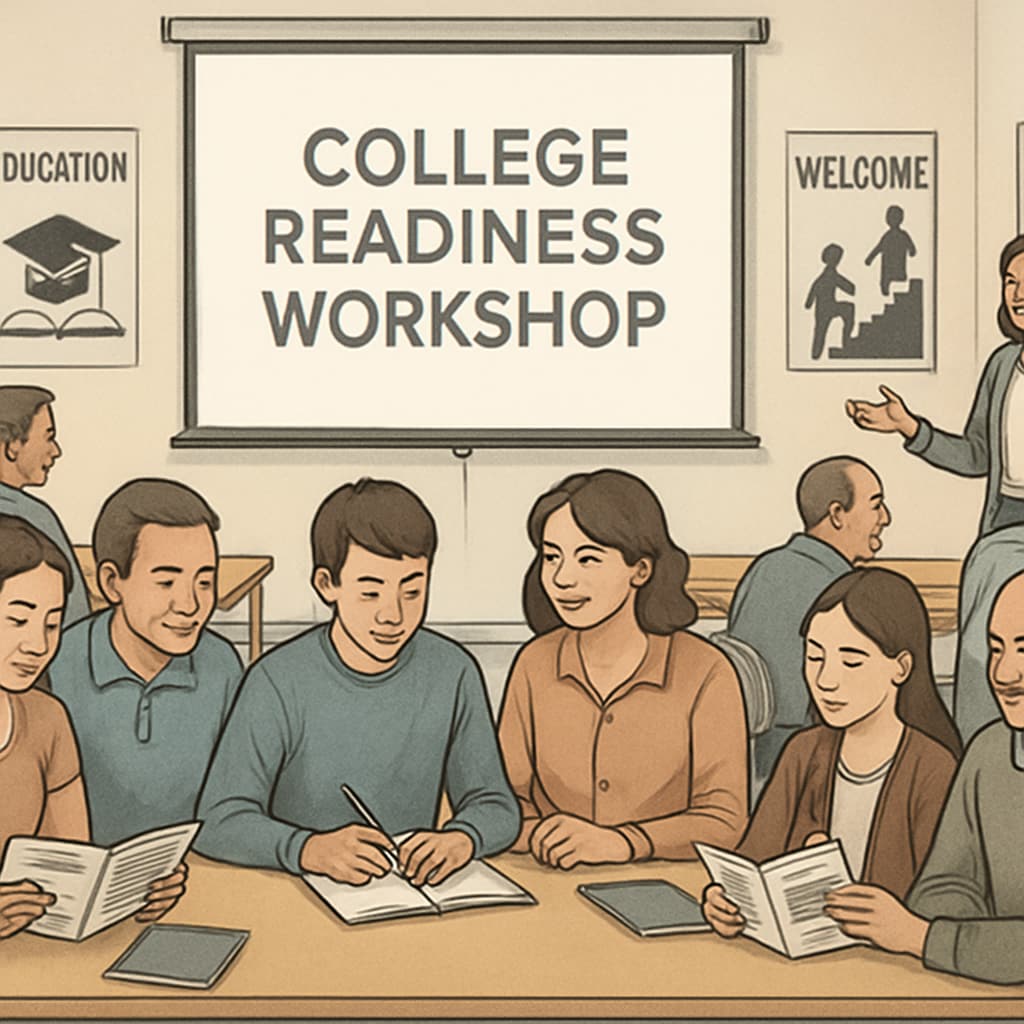The enrollment expansion plan at UC San Diego is set to redefine the landscape of higher education, with far-reaching implications for K-12 education. As one of the leading public universities in the United States, UC San Diego’s initiative to significantly increase student intake is not simply a local event—it is a transformative move that will ripple across the educational spectrum. This article explores how this ambitious strategy impacts K-12 education and provides actionable insights for educators, students, and parents to navigate this evolving academic environment.
How UC San Diego’s Enrollment Expansion Impacts K-12 Education
UC San Diego’s enrollment expansion plan aims to address growing demand for higher education opportunities, particularly in STEM (Science, Technology, Engineering, and Mathematics) fields. By increasing the number of spots available, the university is creating both opportunities and challenges for prospective students. K-12 education, as the foundational stage for higher education, must adapt to this shift in several ways.
- Increased Competition: A larger student body at UC San Diego means more students vying for admission, potentially raising the bar for academic preparation.
- Curriculum Alignment: High schools may feel pressure to align their curricula more closely with UC San Diego’s admission criteria and academic focus areas.
- Early Preparation: Middle and even elementary schools may need to introduce programs that prepare students for college readiness earlier than before.
As a result, educators and school administrators must rethink current strategies to ensure their students remain competitive and well-prepared for this new academic reality.

Strategies for K-12 Stakeholders: Preparing for the Future
To adapt to the changes brought about by UC San Diego’s enrollment expansion, K-12 stakeholders—including educators, students, and parents—must adopt proactive strategies. Here are some key recommendations:
For Educators
Teachers and school administrators play a crucial role in shaping students’ academic journeys. They can adapt by:
- Integrating College Readiness Programs: Introducing Advanced Placement (AP) courses, dual enrollment options, and career-focused electives can help students gain a competitive edge.
- Focusing on STEM Education: Expanding STEM-related extracurricular activities and partnerships with local universities can better prepare students for UC San Diego’s STEM-heavy programs.
- Providing Targeted Guidance: Counselors should offer tailored advice on UC San Diego’s admission requirements and how students can meet them.
For Students
Students must take ownership of their educational paths to succeed in this competitive environment:
- Exploring Interests Early: Students should experiment with different subjects and fields to identify their strengths and passions.
- Building a Strong Academic Record: Consistently performing well in challenging courses is essential for standing out in the admissions process.
- Engaging in Extracurricular Activities: Participation in clubs, sports, and community service demonstrates well-roundedness and leadership qualities.
For Parents
Parental involvement is a critical factor in a student’s success. Parents can support their children by:
- Encouraging Lifelong Learning: Fostering a love for learning at home helps students stay curious and motivated.
- Providing Resources: From tutoring to college visit trips, parents can invest in resources that enhance their child’s preparedness.
- Staying Informed: Keeping up-to-date with UC San Diego’s admission policies and K-12 education trends ensures parents can guide their children effectively.

Looking Ahead: The Long-Term Impact of UC San Diego’s Expansion
While the immediate effects of UC San Diego’s enrollment expansion are being felt in K-12 schools, the long-term implications could be even more significant. Over time, we may see the following trends:
- Higher Graduation Rates: Improved alignment between K-12 and higher education could lead to better-prepared students who are more likely to graduate from college.
- Economic Growth: A greater number of UC San Diego graduates entering the workforce could boost the local economy, particularly in STEM industries.
- Educational Equity: Increased access to UC San Diego may create new opportunities for underrepresented communities, provided that K-12 schools can support these students effectively.
Ultimately, the success of this expansion depends not only on UC San Diego but also on the ability of K-12 education systems to rise to the occasion. By working together, educators, parents, and students can ensure that this new era of higher education benefits all stakeholders.
Readability guidance: This article uses concise paragraphs, subheadings, and lists to enhance readability. Transition words ensure a smooth flow of ideas, and actionable strategies are provided for various stakeholders. Passive voice and long sentences are minimized to maintain clarity and engagement.


